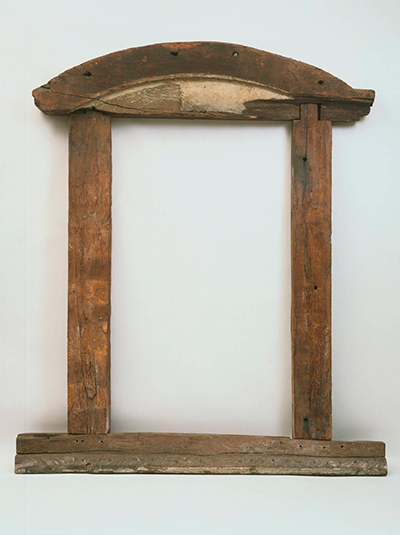Constantin Brancusi was a French sculptor, born in Romanian, but made most of his career while in France. He had a particular interest in mythology, mainly Romanian mythology, traditional art, and folk tales, all of which had a powerful influence on his works. Although he also became interested in Mediterranean and African art as well. He was appraised to be a pioneer of both the expressionism and modernism styles.
His works presented the world typically from a subjective perspective, distorted radically to give emotional effects that evoked ideas or moods. He also modified traditional beliefs in harmony with modern Roman Catholic ideas. During the 20th century, he was considered to be one of the most dominant roman sculptors. Constantin Brancusi created Arch in 1915. His inspiration came from non-European cultures, which according to him, were a source of primitive exoticism just like Andre Derain, Pablo Picasso, and Paul Gauguin and others did. Other influences came from the Romanian folk art associated with Dionysian and Byzantine traditions.
He made most of his sculptures mostly with wood, stone, and polished bronze. The Arch sculpture contributed to Brancusi's naming as the patriarch of modern sculpture. His works are housed in the National Gallery of Art in Washington D.C., the Philadelphia Museum of Art, the National Museum of Art of Romania in Bucharest, and the Museum of Modern Art, New York. Philadelphia museum in the United States has the most extensive collections of Constantin Brancusi's sculptures. His studio design inspired a Swedish architect, Klas Anshelm's model of the Malmo Konsthall.
His work also inspired several modern sculptors such as Dav Flavin, Henry Moore, Carlo Andre, Barbara Hepworth, Donald Judd, and Isamu Noguchi. Isamu worked as his studio assistant in 1927. Other of his major selected works include the Bird in Space and The Sleeping Muse, among others. These are sculptures of animate objects, but unlike the ones of the high renaissance period or from Ancient Greece or Rome, these works are more abstract in style.
Birds in Space was constructed using marble, stone, and wood in 1925 and was made of a narrow feather that stands erect on a nicely carved wooden base. The sleeping muse was created in 1910 from marble. It is a model of a head, with markings to show as lips, hair, closed eyes, and nose. The sculpture has smooth contour and a curvilinear quality that creates an impression of elegance. According to the history of western art, most of his sculptures were placed on exhibitions.




